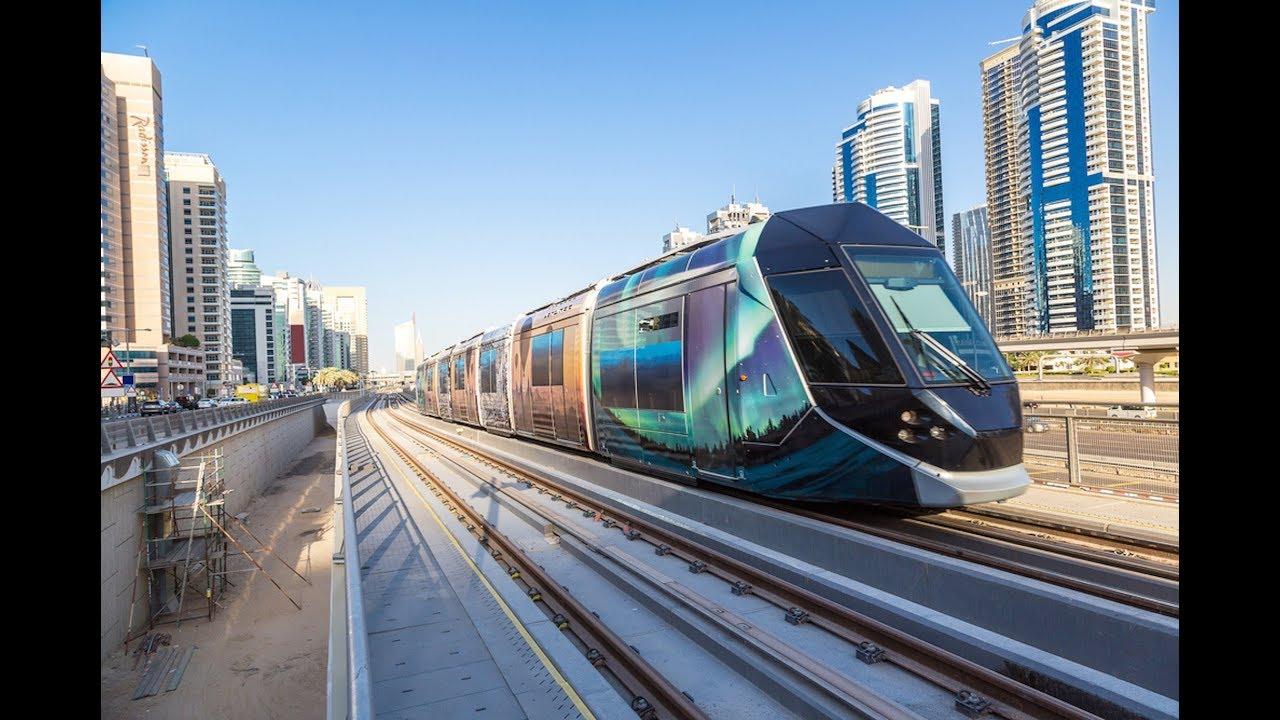Smart Railways Market by Region: Opportunities and Challenges

Introduction
The smart railways market is witnessing significant global momentum as countries modernize transportation systems to meet growing demands for speed, efficiency, safety, and sustainability. While the adoption of smart railway technologies is on the rise across all major regions, the opportunities and challenges differ greatly based on infrastructure maturity, government policies, and economic readiness.
This article provides a regional analysis of the smart railways market, highlighting growth prospects and key barriers in Asia-Pacific, Europe, North America, Latin America, and the Middle East & Africa.
Asia-Pacific: Leading the Smart Rail Revolution
Opportunities
-
Rapid Urbanization: Growing urban centers in countries like China, India, and Japan are increasing the demand for smart metro systems and intercity high-speed rail.
-
Massive Investments: Governments are heavily funding high-speed rail and metro rail projects with integrated smart technologies such as AI-powered scheduling and automated train control.
-
Tech-Driven Ecosystems: Strong tech capabilities in countries like South Korea and Japan enable faster adoption of IoT, 5G, and predictive maintenance systems.
Challenges
-
Diverse Infrastructure Standards: Varying levels of development across countries can hinder regional integration.
-
Budget Constraints in Developing Nations: Emerging markets may struggle with the high capital investment required for large-scale smart rail deployment.
Europe: Innovation Hub with Sustainability Focus
Opportunities
-
Green Transportation Agenda: The EU’s commitment to carbon neutrality is fueling investment in electrified rail and intelligent transport systems.
-
Strong Regulatory Support: Initiatives like the EU Rail Strategy for 2030 promote digital innovation, smart ticketing, and cross-border rail operations.
-
Adoption of Driverless and Autonomous Rail: Germany, France, and the UK are investing in driverless metro systems and smart signaling technologies.
Challenges
-
Aging Infrastructure: Upgrading legacy systems in some parts of Europe presents technical and financial challenges.
-
Cybersecurity Risks: Growing digitalization raises concerns about railway cybersecurity and data protection.
North America: Digital Modernization of Aging Networks
Opportunities
-
Federal Infrastructure Plans: The U.S. and Canada are injecting funding into railway digitization, focusing on Positive Train Control (PTC), smart maintenance, and energy-efficient locomotives.
-
Growing Urban Rail Demand: Smart urban transit systems are gaining traction in major metropolitan areas.
-
Tech-Industry Collaborations: Partnerships between rail operators and technology firms are helping drive innovation.
Challenges
-
Fragmented Rail Operations: The presence of multiple private rail companies makes nationwide integration difficult.
-
Regulatory Hurdles: Varying safety and operational regulations across states can slow adoption.
Latin America: Emerging but Promising Market
Opportunities
-
Urban Transit Expansion: Cities like São Paulo, Mexico City, and Santiago are investing in smart metro and light rail systems to address congestion.
-
Public-Private Partnerships: Collaborations are helping attract foreign investment in railway modernization projects.
Challenges
-
Limited Funding: Many countries face financial constraints and depend heavily on international aid or partnerships.
-
Political and Economic Instability: Regional instability may affect long-term investment in infrastructure projects.
Middle East & Africa: Ambitious Projects Amidst Structural Challenges
Opportunities
-
Mega Projects: Countries like Saudi Arabia and the UAE are leading ambitious smart rail projects as part of Vision 2030 and Expo-driven infrastructure plans.
-
New Railway Corridors: Africa is seeing increased interest in cross-border smart freight corridors and urban mobility solutions.
Challenges
-
Infrastructure Gaps: Underdeveloped railway networks in many African nations hinder immediate adoption of smart solutions.
-
Skilled Workforce Shortage: There’s a lack of technical expertise needed to manage and maintain digital systems.
Conclusion
The smart railways market is evolving across regions, each with its own set of opportunities and obstacles. While Asia-Pacific leads in rapid expansion and innovation, Europe is setting benchmarks in sustainability and safety. North America is modernizing legacy systems, while Latin America and MEA present growth opportunities through strategic investments and global partnerships.
To unlock the full potential of smart railways, regions must overcome funding gaps, policy inconsistencies, and technical challenges, while continuing to invest in digital infrastructure, workforce development, and cybersecurity.
- Art
- Causes
- Crafts
- Dance
- Drinks
- Film
- Fitness
- Food
- Игры
- Gardening
- Health
- Главная
- Literature
- Music
- Networking
- Другое
- Party
- Religion
- Shopping
- Sports
- Theater
- Wellness


